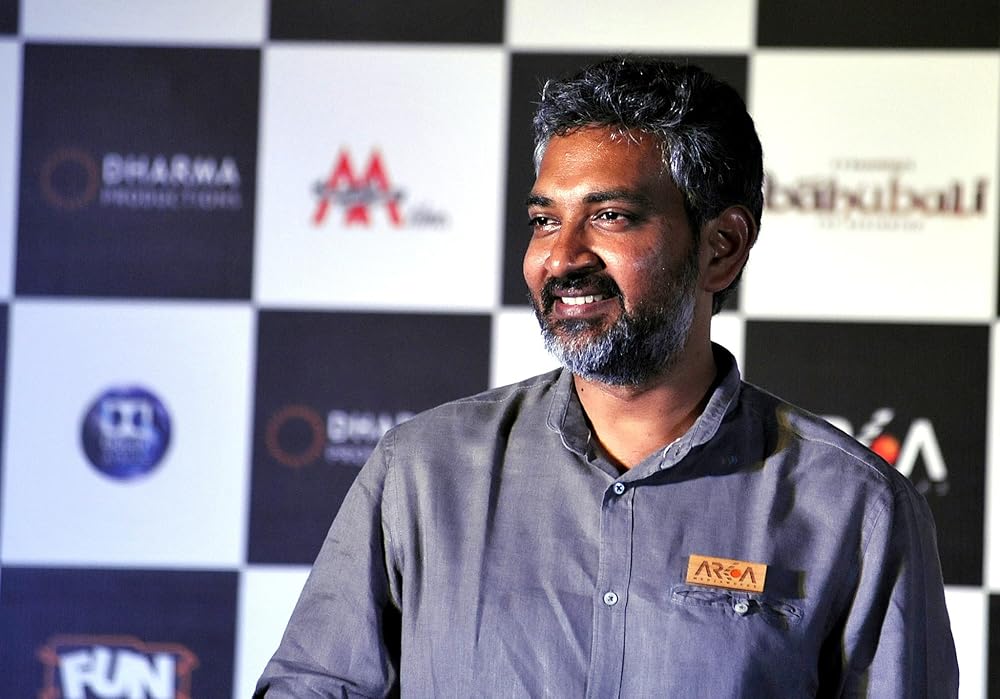When S.S. Rajamouli announces a project, expectations automatically rise. After redefining Indian blockbuster cinema with Baahubali and RRR, the filmmaker’s latest film, Varanasi, signifies an intriguing creative turn. Instead of expanding into vast mythologies, Rajamouli turns inward—towards the human stories shaped by India’s oldest living city, its layered history, and its sacred geography. For Rajamouli, Varanasi is not just a place; it is the central essence of the story. Sources associated with the production reveal that the director spent months immersed in the city—strolling at Manikarnika Ghat in the mornings, attending the Ganga Aarti unannounced, and conversing with priests, boatmen, and historians.
The film is inspired by these vibrant observations. The cinematographer (name can be added) reportedly spent weeks studying natural light at the ghats to capture the city’s changing moods. Crew members say their goal was to create a visual grammar where “the river tells its own story.” Banaras follows Arav, a young historian who is examining a forgotten mythological manuscript. His research draws him into the intricate interconnections of folklore, ancestral conflicts, and spiritual reincarnation. Unlike Rajamouli’s previous heroes, who were defined merely by physical strength, Arav is an intellectual hero—thoughtful, conflicted, and grounded in realism. Industry analysts see it as Rajamouli’s attempt to experiment with a mythological thriller wrapped in a philosophical drama, a genre that has perhaps rarely been explored in mainstream Indian cinema. The team used a ‘floating unit’ system—small, mobile teams that could blend into everyday life without disruption.
Local residents participated in many scenes, blurring the line between imagination and documentary. According to production assistants, many scenes on the ghats were filmed during actual rituals, capturing authentic reactions and ambient sounds. Music and myth-making had long been collaborators.
M.M. Keeravani saw the soundtrack as a bridge between classical Hindustani traditions and Rajamouli’s distinctive cinematic style. Early reports indicate it combines temple rhythms, shehnai tunes, and ambient layers inspired by the river. A member of the sound department said, ‘The music had to feel ancient, but not old.’ More than just a film, “Varanasi” reflects Rajamouli’s inclination towards introspective, magnificent films—cinema that maintains the grandeur of his earlier works while exploring quiet emotional and spiritual realms. For an industry often driven by formula, his decision to present a spiritually inspired story represents a refreshing change. Critics and trade experts estimate that “Varanasi” could shape a new wave of Indian mythological storytelling—one based on place, history, and lived experiences rather than pure imagination. Anticipation is growing. As the film moves closer to its release, discussions are increasing—not just among fans of Rajamouli’s blockbuster style, but also among cultural scholars, travel writers, and spiritual commentators eager to see how the film interprets one of India’s most enigmatic cities.

Varanasi Film SS Rajamouli Credit: Internet
Posted inEntertainment

